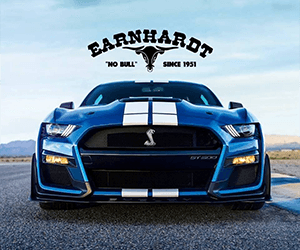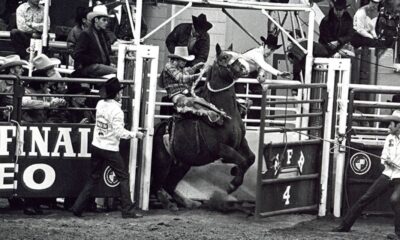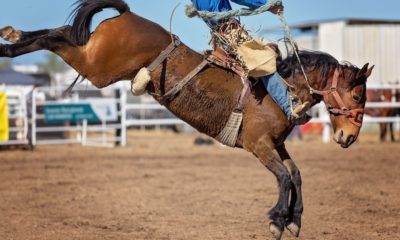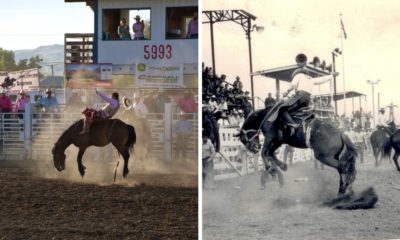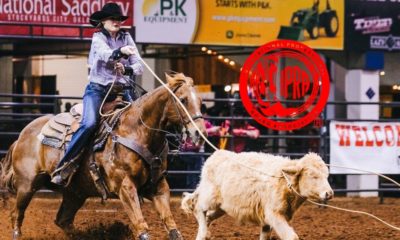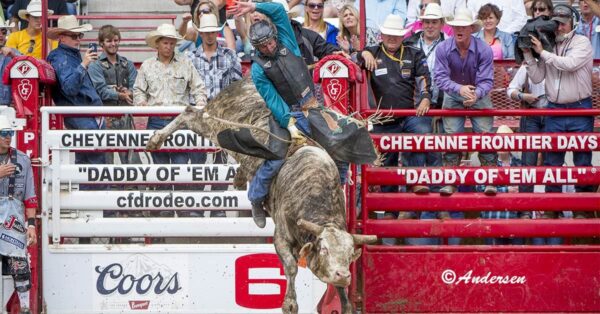In the world of rodeo, there are few characters more recognizable than the rodeo royalty. An integral part of any rodeo, rodeo queens are the spokeswomen helping keep the sport of rodeo alive. Before the first cowboy enters the arena, you are almost certain to see these talented horsewomen flying past carrying flags, greeting rodeo fans, and engaging with the crowd as they sign autographs and sell raffle tickets. A staple from the smallest local rodeos to the largest national rodeos, rodeo queens are an active part in promoting not only the rodeo they represent but the community and western heritage that make it possible.
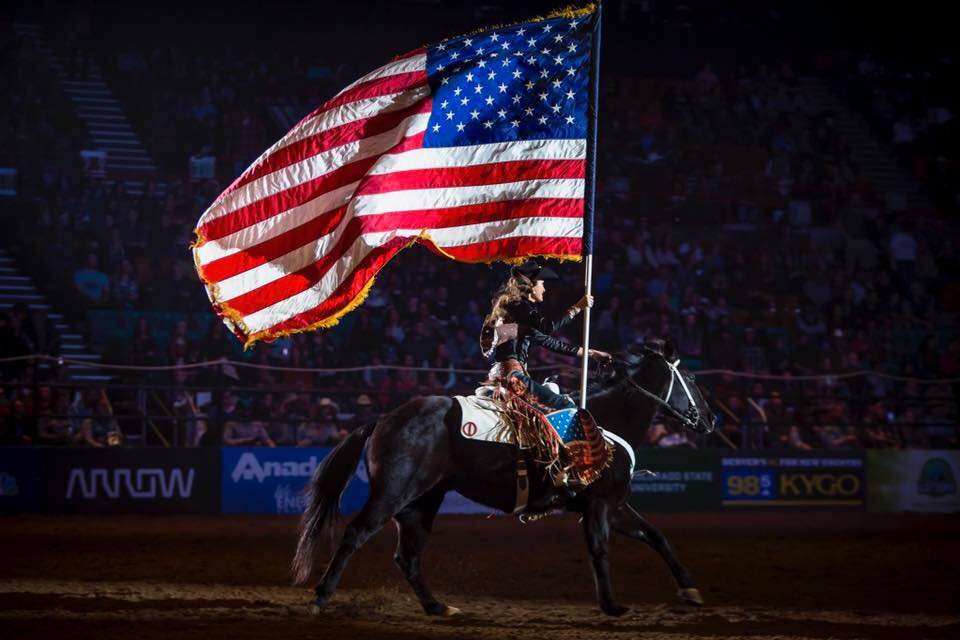
Photo Courtesy of Miss Rodeo America
But where did this tradition begin? Who was the first community-sponsored rodeo queen and when was the role of “Rodeo Queen” introduced? The history of rodeo queens is so vast, we could write an entire book on it! In fact, one woman did! In her novel Riding Pretty: Rodeo Royalty in the American West, author Renée M. Laegreid explores the origin, history, and present of today’s rodeo queen.
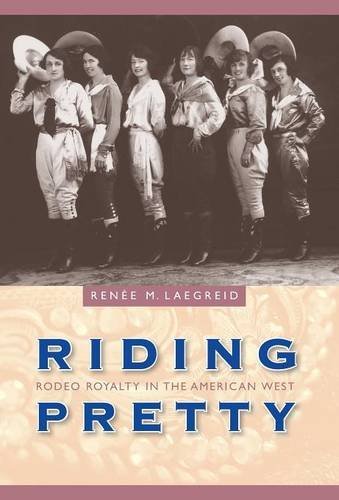
While we may not have enough time to explore the entire history in one article, we can give you the who, what, when, and where about one of America’s most iconic figures, the rodeo queen!
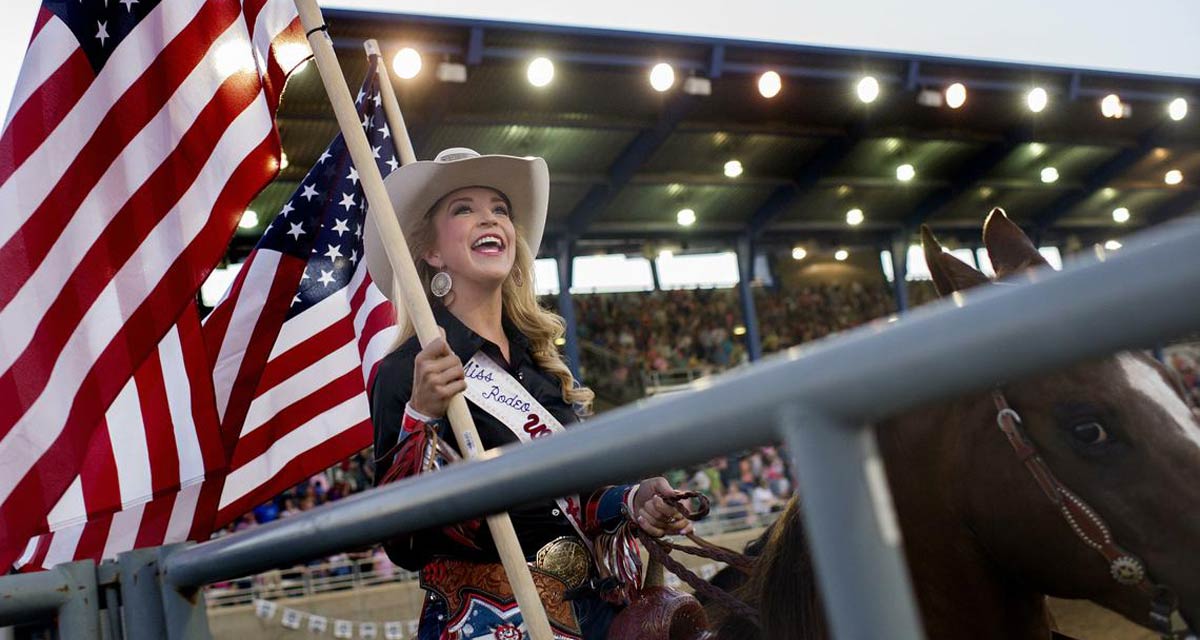
When discussing the development of the community rodeo queen, it is important to look at a few specific locations. One of them being, Pendleton, Oregon. While female rodeo athletes were few and far between due to gender roles of early 1900s America, female rodeo athletes were typically chosen as representatives for rodeos. However, in 1910 tradition was broken when a community chosen, local queen was appointed. Pendleton, Oregon presented the first Round-Up celebration and leading the Westward Ho! Parade was Oregon’s first community-sponsored rodeo queen, Bertha Anger. Winning her title from a ticket selling competition, Anger’s responsibilities were simple: look as regal as possible while riding along the parade route (on a float that is!) Although the rodeo queen, Anger had very little to do with the rodeo and was not a horsewoman. During this point in American history, social norms and expectations for women focused less on a woman’s ability to ride a horse (female rodeo competitors were quite a novelty at this point) and more so on her ability to represent the morals of the community, the town’s celebration, and the town’s western heritage. While these qualifications have carried on to today’s rodeo pageants, at this point in history, the community-sponsored rodeo queen was rarely even seen at the actual rodeo.

Photo Courtesy of Riding Pretty: Rodeo Royalty in the American West by Renée M. Laegreid
Due to social norms and expectations for women during this point in America’s history, there was a slow start to involving rodeo queens within the actual rodeo. It wasn’t until the 1920s that community chosen queens were featured in the Pendelton Round-Up Rodeo.
“In 1922 the queen and her court became involved with the rodeo itself. When Queen Thelma and her court walked their horses into the arena, they began one of the most important rodeo queen traditions: riding into the rodeo arena at the beginning of each rodeo performance and being introduced to the rodeo spectators as the reigning monarch of the show” (Laegreid, 47).
As the years moved on, more breakthroughs occurred. Changes in the ways rodeo queens were selected, bigger press recognition for the rodeo queens, and in 1925 more recognition and celebration of the cowgirl athlete in the rodeo arena. In many ways, Pendleton was continuing to establish America’s rodeo queen tradition.
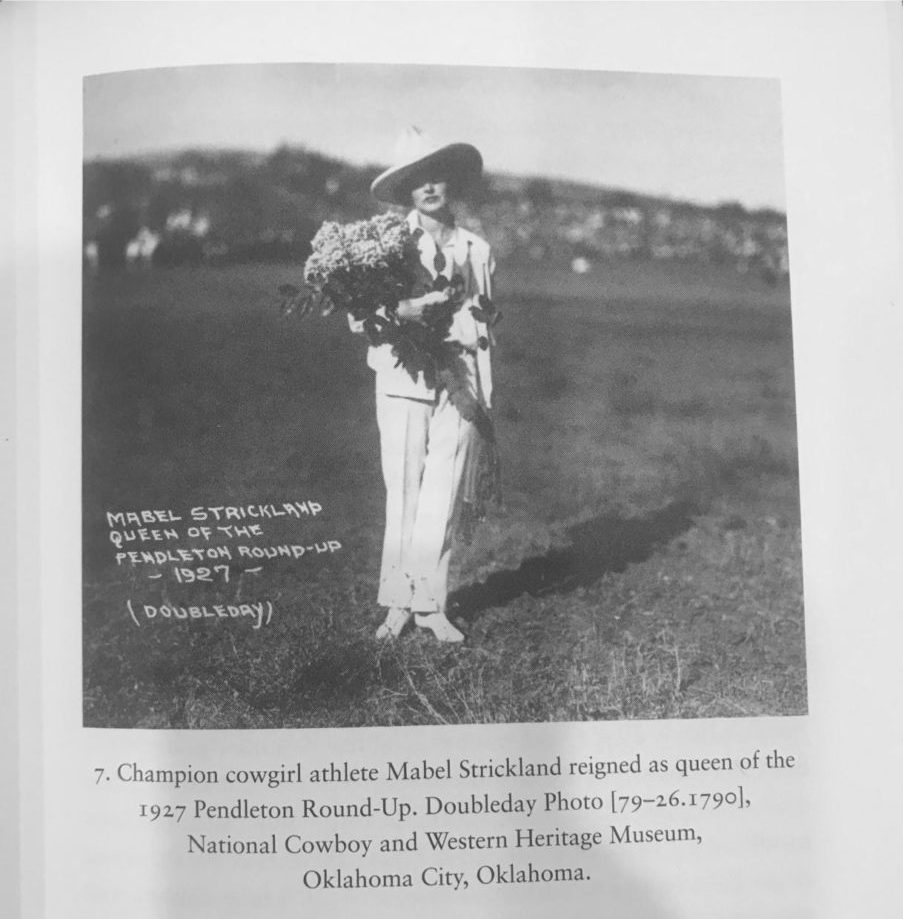
Photo Courtesy of Riding Pretty: Rodeo Royalty in the American West by Renée M. Laegreid
America’s rodeo queen tradition continued to evolve. Post Great Depression, new rodeos began to appear across the west. In Stamford, Texas, The Texas Cowboy Reunion changed the game for rodeo queens by adding two new requirements:
“The first involved a competitive rodeo event to select the rodeo queen. The second added feminine appearance as a category in the rodeo queen contest, an addition that both highlighted the evolving beauty culture in America and profoundly influenced the rodeo queen phenomenon” (Laegreid, 73).
Photography by Rachel Aston of the Las Vegas Review / Today’s Queen Pageants require participants to compete in areas of horsemanship, public speaking, personal interview, rodeo and equine knowledge, current event awareness, and modeling.
As tradition expanded, it became expectation from rodeos across the country, that the young women appointed rodeo royalty should be able to ride.
“With minor exceptions, the move that began in 1925 – transferring roles from cowgirl athletes to community-sponsored rodeo queens – was complete: the genteel version of the cowgirl ruled the rodeo arena” (Laegreid, 96).
During the World War II era, many rodeos took a hit, stopping their traditions for a short while to instead help with war efforts. When these traditions returned, a new era for rodeo queens began. Hundreds of women vied for the position of rodeo queen and the movie-star like treatment it entailed. The position of rodeo queen became a staple figure throughout the west.
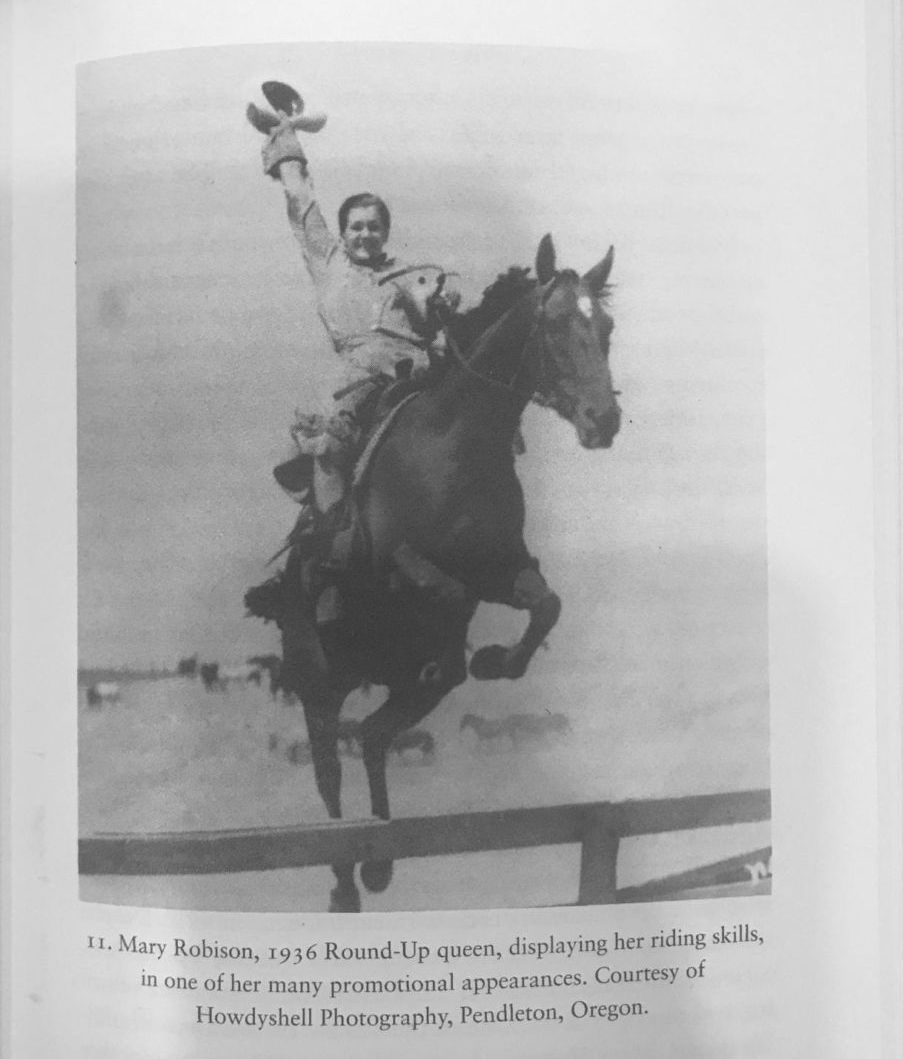
Photo Courtesy of Riding Pretty: Rodeo Royalty in the American West by Renée M. Laegreid
Rodeo queens became even more involved in the communities and rodeos they represented. Horsemanship competitions were added to pageants, traveling to promote one’s rodeo became the norm, queens were featured more often in publications, and often queens were introduced to politicians, local clubs and boards, and even celebrities.
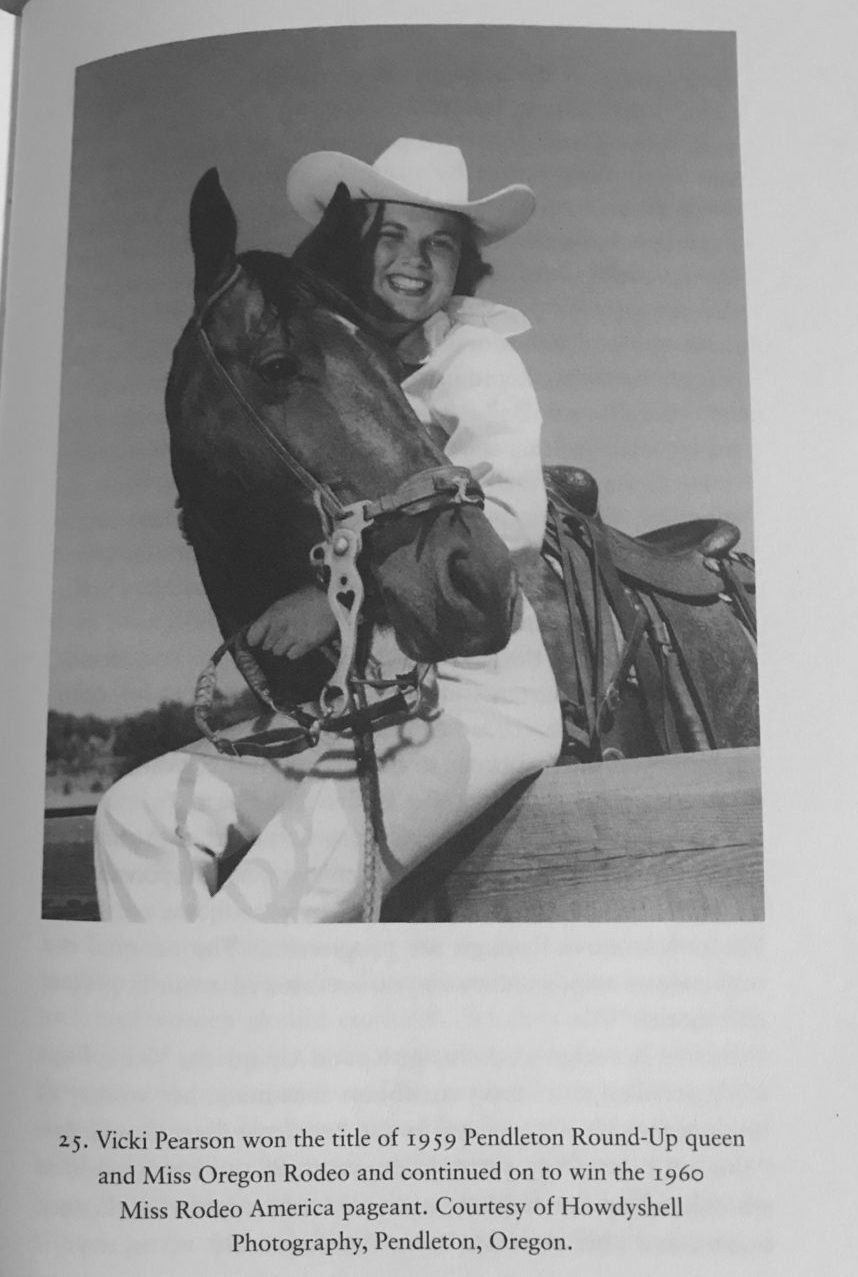
Photo Courtesy of Riding Pretty: Rodeo Royalty in the American West by Renée M. Laegreid
The 1947 the Cheyenne Frontier Days Rodeo Queen, Ann Dinneen Smith stated,
“I can’t imagine any girl in those days not doing it. It was a pretty big deal to the girl and her family… brought me into another plateau, so important at the stage of life… I met people, it opened doors, and boosted my confidence” (Laegreid, 169-170).
In 1955, the International Rodeo Management (IRA) changed the game with the development of the iconic, Miss Rodeo America organization. The local queen soon had the opportunity to become a national icon and spokeswoman for all rodeo. Throughout the years, the organization has seen many changes in location of pageant, number of competitors, etc. In 1985, the pageant became synonymous with the Wrangler National Finals Rodeo and saw its permanent residency in Las Vegas, Nevada. Since its foundation, MRA has become an important part of America’s rodeo past, present, and future.
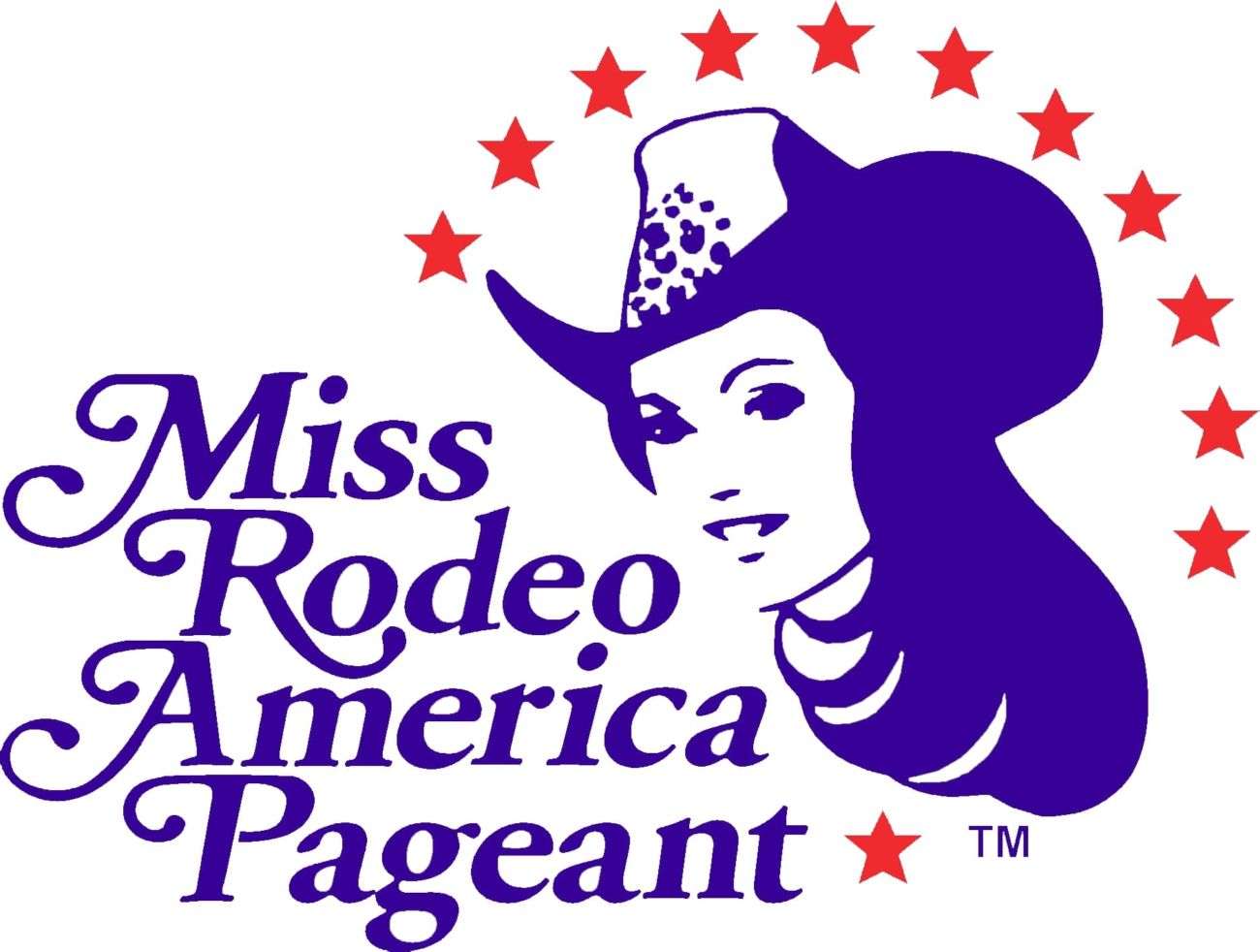
Rodeo queens are an integral part of any rodeo. With the shift of gender roles throughout the decades, rodeo queens are experienced horsewomen, rodeo educators, talented public speakers, role models to the next generation of cowboys and cowgirls, and rodeo historians helping to preserve America’s western heritage.
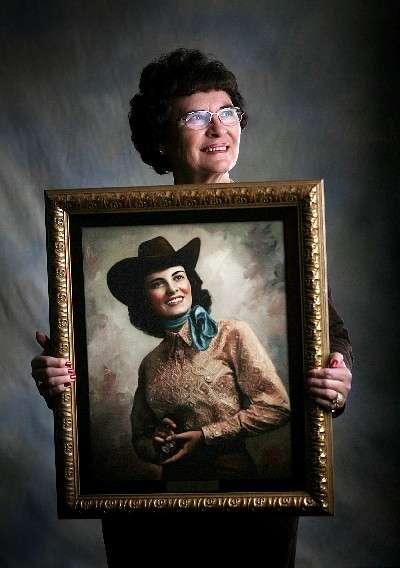
Marilyn (Scott) Freimark, The first Miss Rodeo America 1956 (Wyoming)
Next time you see a rodeo queen in the arena, take a moment to think about the long history behind such a prestigious title and tip your hats to our decorated ladies in the arena. Interested in learning more about the history of America’s community-sponsored rodeo queen? Make sure to check out Renée M. Laegrid’s impressive historical account, “Riding Pretty: Rodeo Royalty in the American West.”
Last Updated on 05/12/2019 by Taryn Cantrell
CLN Community Sponsor




